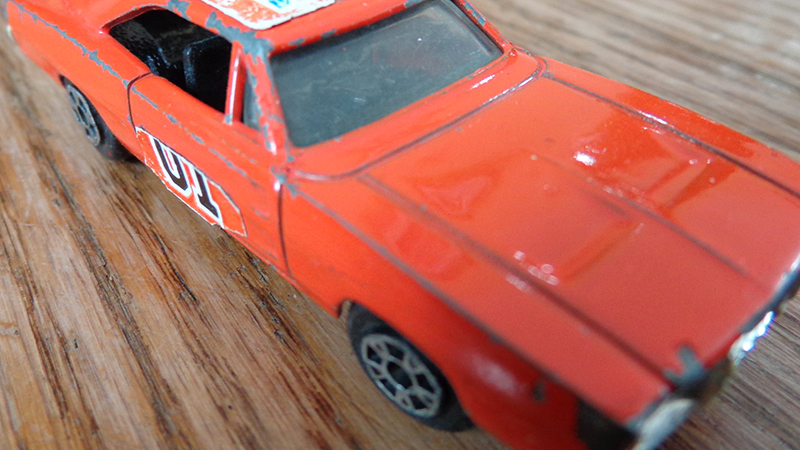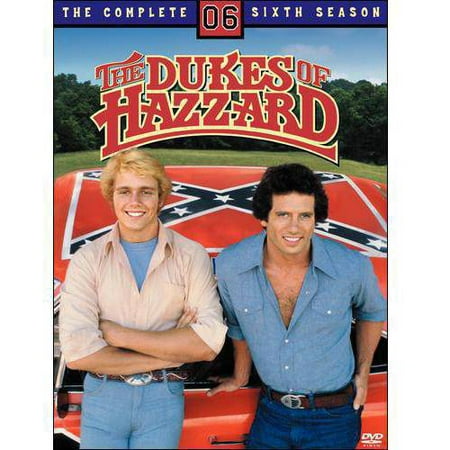I've been reading the chapter entitled 'Bussho' from the 2nd volume of the Nishijima/Cross edition of the Shobogenzo, and I was really struck by Dogen's discussion of 'being without' and the 'Does a dog have Buddha nature?' koan. It made me want to read more about that koan and Mu. I know that in Soto Zen we don't sit with koans but still study and reflect on them, so I was wondering if anyone could recommend some reading material to help my reflections.
I had a quick look through the reading list and couldn't see anything specific. In particular, I came across this book on Amazon, and was wondering whether anyone had read it and would recommend it. https://www.amazon.co.uk/dp/08617164...I26I6D2AMQ8XF7
Also, is this okay for me to be exploring in the early stage of practice or should I leave it a while? I just felt fascinated by the whole subject.
Thanks.
Gassho
Lucy
ST/LAH
I had a quick look through the reading list and couldn't see anything specific. In particular, I came across this book on Amazon, and was wondering whether anyone had read it and would recommend it. https://www.amazon.co.uk/dp/08617164...I26I6D2AMQ8XF7
Also, is this okay for me to be exploring in the early stage of practice or should I leave it a while? I just felt fascinated by the whole subject.
Thanks.
Gassho
Lucy
ST/LAH










Comment